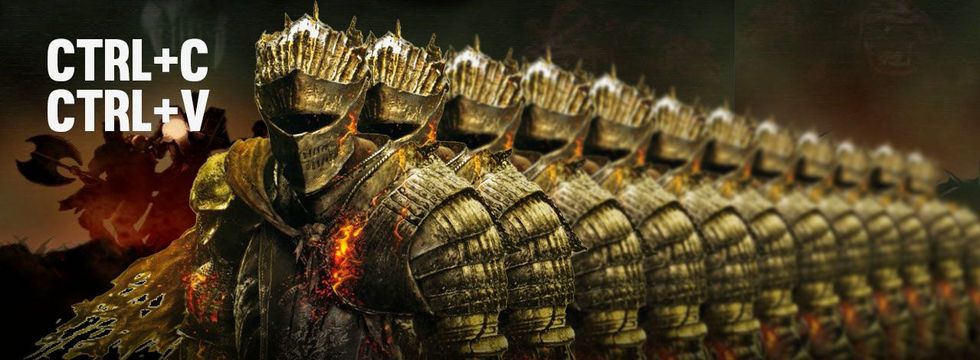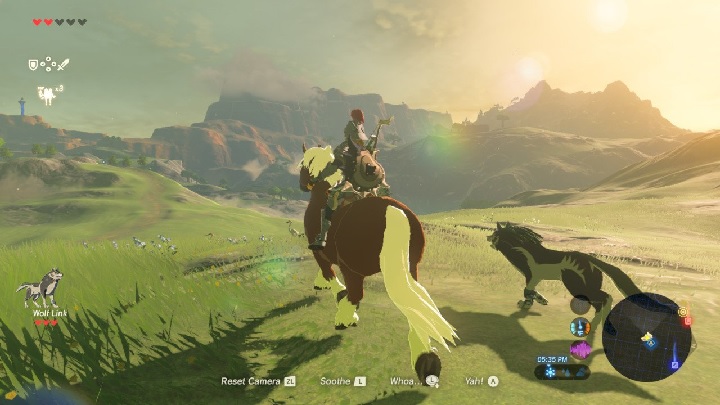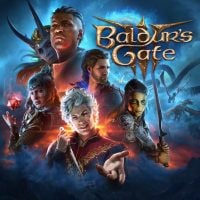Nintendo. 12 studios that keep making the same game

- 12 Studios That Seem to Be Making the Same Games, But We Love Them Anyway
- Arkane Studios
- Firaxis Games and MicroProse
- Playground Games
- Piranha Bytes
- Larian Studios
- Supergiant Games
- Gearbox Software
- Capcom
- Nintendo
Nintendo
- Games or series: The Legend of Zelda (except Breath of the Wild)
- Copy-pasting since: 1986
- Copied elements: general gameplay idea (preserved even after changing perspective), many mechanics, approach to puzzles
Finally, one more slightly controversial position, but let me defend my choice. I'm talking about the Zelda series from Nintendo, and more specifically about most of its installments preceding the excellent Breath of the Wild. Personally, I'm not a huge fan of Link's adventures – I've only played the 3D versions of Ocarina of Time and Majora's Mask. However, our late editorial colleague g40st was among them, so let me quote his words from the review of The Legend of Zelda: Link's Awakening:
I might be tempted to say that if you played one game from The Legend of Zelda series, it would be like playing all of them. Individual parts of course have different plot, oftentimes different items and mechanics, and, depending on the platform, they also differ in the way the world is presented, but the remaining elements are mostly identical across all games. Things are similar here – we won't find the characteristic locations such as the Kakariko Village, Zora's Domain or the Hyrule Castle, but all of these are here, just under different names.

Nintendo's approach can therefore be considered an exceptionally successful example of recycling – using proven elements and mechanics in a new, interesting way, often taking advantage of the specificity of a given hardware platform. Take, for example, the refreshed version of Ocarina of Time, released, among others, for Nintendo 3DS – a portable console equipped with two screens: a traditional one and a touchscreen.
The latter was used in Ocarina of Time to operate the interface and communicate with the Navi guide. Its use made browsing the inventory and maps much more intuitive and simply faster. Furthermore, it changed the difficulty level in many stages of the game. For example in the famous Water Temple, where we had to juggle objects on-the-fly. Without having to go to the inventory, when all you had to do was swipe your finger on the second screen, this level suddenly turned into quite a simple and fun stage to complete.
This is, of course, a pretty extreme example, but I assume you understand what I mean. In theory, basically nothing changed, but in practice – almost everything did. It was similar with The Legend of Zelda: A Link to the Past, released in the early 1990s, and its direct continuation, A Link Between Worlds from 2013. Audiovisually, they were separated by several epochs, but at the core, they were productions that were completely similar to each other.
Only Breath of the Wild broke with most of the anachronisms of the series and gave up on some of the patterns present in it almost from the beginning. It hit the bull's eye, but a few common features between the new and the old could still be pointed out. On the other hand, wouldn't abandoning them completely mean a total break with Zelda's concept as such?



